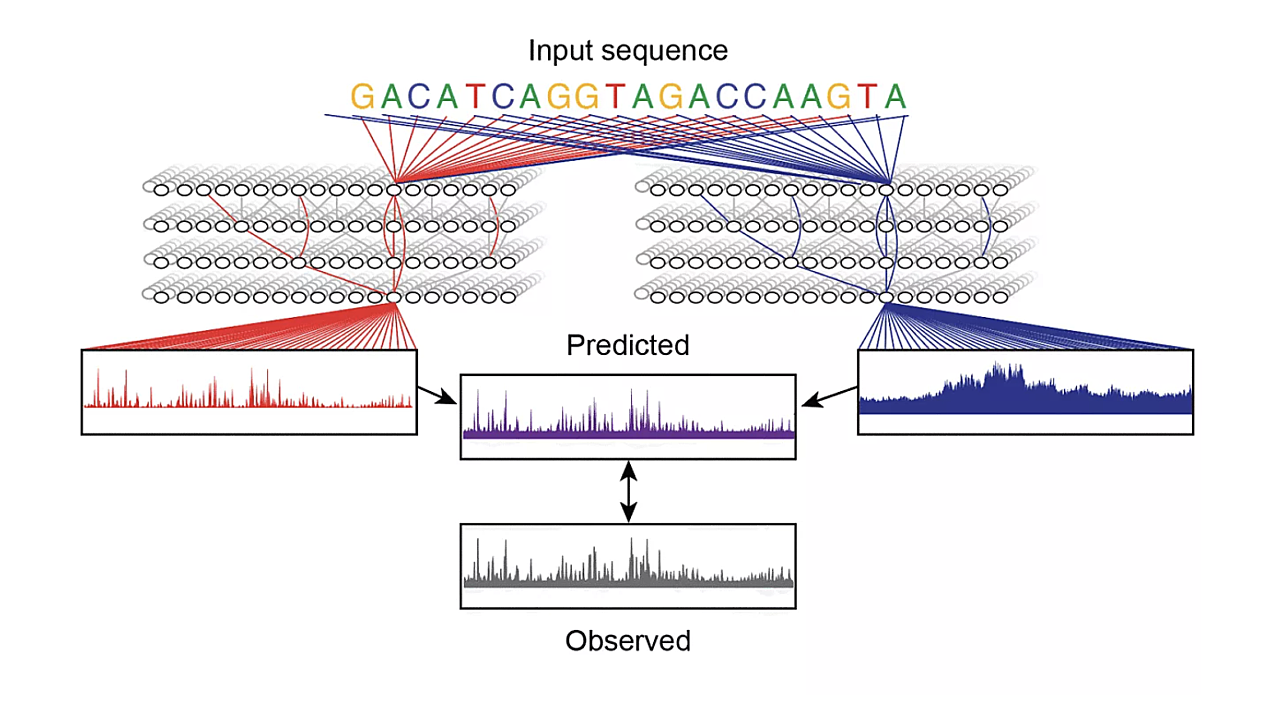News

18 December 2025
Plants, proteins, and new possibilities for antibiotics and agriculture
Stowers scientist discovers insights into how plants “talk” to bacteria in soil, possibly informing future antimicrobial therapies
Read Article
News
Follow along as we highlight 2023 and impactful scientific discoveries ranging from the origins of Huntington’s and infertility to animal evolution and adaptation.

The Stowers Institute for Medical Research has had a science-filled journey in 2023. Scroll through 11 of our notable discoveries and highlights and their accompanying videos and images.
1. New Investigators join Stowers Institute

Three new Principal Investigators joined the Institute this year, expanding the scope of our biological research, from host-microbe symbiosis in plants to the basis of brain development to bacterial communities responsible for conditions like cholera. Siva Sankari, Ph.D., Neşet Özel, Ph.D., and Ameya Mashruwala, Ph.D., are creative and fearless scientists who embody the Stowers’ mission and motivation to understand life at its most fundamental level.
2. The Heart of Huntington's
Research published this year from the lab of Randal Halfmann, Ph.D., uncovered the initial structure of the amyloid responsible for Huntington’s. This finding solved a 30-year-old problem and indicated a novel potential treatment for Huntington’s and related neurodegenerative diseases.
3. The Time Machine
While humans and sea anemones differ drastically in appearance, new research from the lab of Investigator Matt Gibson, Ph.D., uncovered that both use a common genetic toolkit during development. Since the same programs direct developing body segments in sea anemones and vertebrates, this finding is like traveling 600 million years back in time to understand how the first animals on Earth evolved.
4. A Lab with a View
The Stowers Institute has a new lab with an ocean view at the Marine Biological Laboratory (MBL) in Woods Hole, Massachusetts. This is the first time a research institute has established a year-round presence at the MBL, providing a powerful partnership along with opportunities for Stowers scientists to conduct marine research on the coast. Read more about the lab and what Woods Hole is all about.
5. Investigating Infertility Through Collaboration

The Human Genome Project, a monumental milestone in modern biology, led to the awareness that more knowledge was needed on genetic diversity in humans. The Human Pangenome Reference Consortium with contributions from Investigator Jennifer Gerton, Ph.D., and her team published new research that uncovered a common chromosomal abnormality that contributes to infertility and Down's syndrome.
6. Hawley Lab Discoveries: From chromosome evolution to sperm count
Two discoveries were featured this year from the lab of Investigator Scott Hawley, Ph.D. First, a 20-year-old extra chromosome discovered in fruit flies is correlated to similar kinds that can arise in humans, which are associated with cancer-resistant therapy and infertility. Second, in collaboration with the Wellcome Centre for Cell Biology at the University of Edinburgh, research uncovered one reason for male infertility which may explain why some men do not make enough sperm.
7. Gerton Lab Discoveries: From the placenta to anti-cancer drugs
The lab of Investigator Jennifer Gerton, Ph.D., published research on two notable topics. Insights from uncovering the nature for how placenta-specific cell types protect a developing fetus may help inform scientists and clinicians on how human placentas support healthy pregnancies. A separate study revealed why certain anti-cancer compounds can have unintended side effects and provided a new tool that can be used to identify which drugs may show more promise.
8. A Niche for Cancer
Investigator Linheng Li, Ph.D., is uncovering fundamental principles that unite various cancers and working to provide insights into the mechanisms underlying cancers of the blood and intestinal systems including leukemia, adenocarcinoma, and adenoma. His work is revealing new insights that could one day lead to novel cancer therapies, offering hope in the long-standing battle against cancer. Read more about “A Niche for Cancer.”
9. Couch Potato Cavefish
Cavefish that colonized underground caves display couch potato body types yet have evolved unique metabolic adaptations providing them with surprising stamina. Research from the lab of Nicolas Rohner, Ph.D., found their unexpected endurance was due to genetic reprogramming of sugar storage, which may lead to insights on human conditions like diabetes and heart disease.
10. When Biology and Computing Collide

The recent rise of ChatGPT has elevated the controversies surrounding artificial intelligence (AI); however, the benefits for biological research are clear. AI is undeniably helping scientists analyze data faster, more comprehensively, and in unprecedented detail. From the lab of Investigator Julia Zeitlinger, Ph.D., gene regulatory rules were deciphered using deep learning models, and a Zeitlinger Lab bioinformatician discussed how AI is transforming biomedical research.
11. Unordinary Organisms
From traditional model research organisms like fruit flies to unusual organisms like sea anemones, research organisms at the Stowers Institute are carefully chosen to answer a question or help solve a biological mystery. The first episode of our series highlighting the amazing organisms at the Institute features the planarian flatworm and its remarkable regenerative feats.
News

18 December 2025
Stowers scientist discovers insights into how plants “talk” to bacteria in soil, possibly informing future antimicrobial therapies
Read Article
News
19 November 2025
Sankari believes the Stowers Graduate School is a place for emerging scientists to pursue their passions, contribute to discoveries, and achieve success.
Read Article
News

09 October 2025
An annual tradition marks the start of scientific discovery for the 2024-2025 class of Stowers Graduate School students.
Read Article